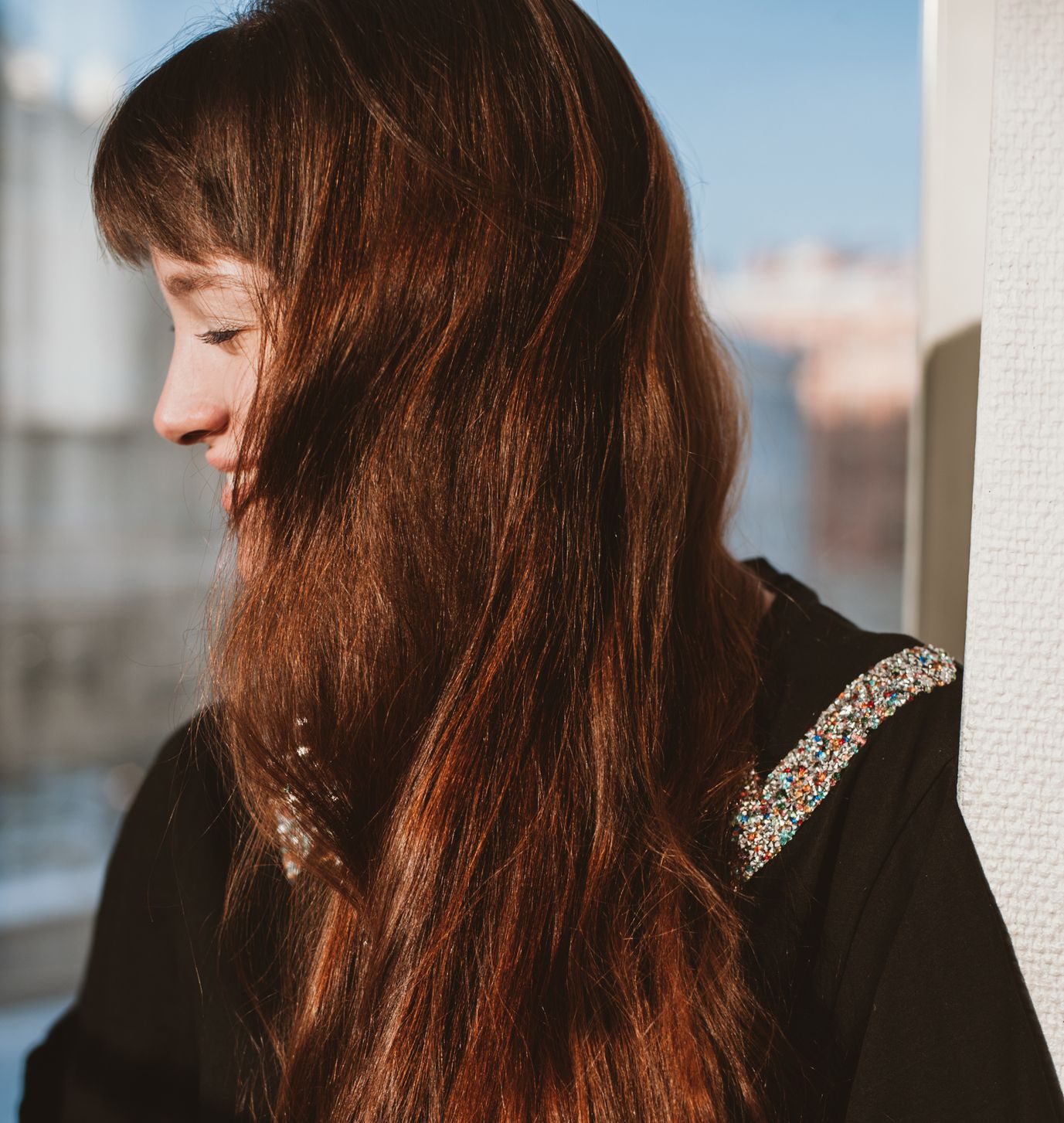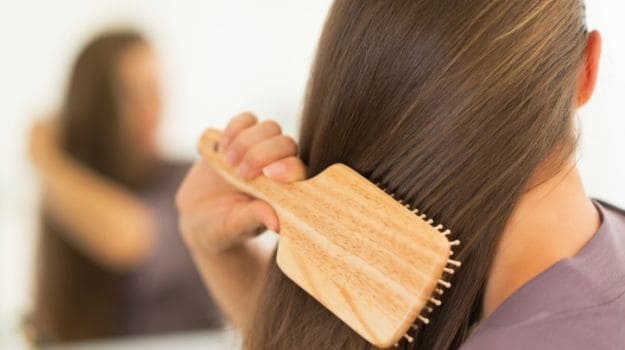
- #MY HAIR HAS TAKEN 7 YEARS TO GROW HOW TO#
- #MY HAIR HAS TAKEN 7 YEARS TO GROW SKIN#
- #MY HAIR HAS TAKEN 7 YEARS TO GROW FULL#
Aim for a quick shampoo when you bathe your baby, which doesn’t need to happen more often than a couple times a week. Particularly with newborns, there’s just no need. Don't wash your baby's hair every day.

#MY HAIR HAS TAKEN 7 YEARS TO GROW HOW TO#
Here’s how to keep those newborn strands silky and smooth.
#MY HAIR HAS TAKEN 7 YEARS TO GROW FULL#
Got a baby with a full head of hair? Caring for those fine locks calls for some finesse, but it’s nothing you can’t handle. This can help clear up the scales and may speed hair growth.
#MY HAIR HAS TAKEN 7 YEARS TO GROW SKIN#
If flaky, red patches have appeared on baby’s scalp, alleviate this common skin condition - also called seborrheic dermatitis - with mineral oil and regular shampooing. As with all natural remedies, just run it by your baby’s pediatrician first. Very limited research suggests that certain compounds in coconut oil could help combat hair damage and promote a healthy scalp. Try massaging a dab onto your baby’s noggin after bath time. Think protein, calcium, whole grains and complex carbohydrates, healthy fats, iron, omega-3s, and vitamins A, B, C and E. Once she starts solids, introduce a wide variety of healthy foods and focus on the nutrients that are especially important for babies. Breast milk or formula is all that your baby needs before 6 months. It’s a must for your baby’s growth and development overall, so in that sense, wholesome meals and snacks will strengthen and support those lengthening locks. Tempted to do up the little mane your baby does have? Just avoid pulling it back tightly and stick with soft hair bands or clips that won’t pull strands out or break them. If your little one’s locks are long enough that they need some help post-bath, use a comb instead. Even a little bit of brushing can damage wet hair. Brush whatever fuzz your baby has as needed to style it, then stop. Contrary to the old wives’ tale, brushing 100 times a day doesn’t encourage hair growth - and it can actually promote damage and breakage.

Do plenty of tummy time and hold her upright while you’re playing or reading books if she can’t yet sit up on her own.

While you should always place your baby on her back to sleep (it’s the safest position and can prevent SIDS), try to offer opportunities for her to have that head up while she’s awake. It’s common for younger babies to develop bald patches on the back of their heads, thanks to so much time spent laying on their backs during sleep.

Hair follicles start to develop by week 14 or 15 of pregnancy, setting the stage for future strands to sprout. Even if your baby is totally bald when she’s born, the seeds of her future locks have long been planted.


 0 kommentar(er)
0 kommentar(er)
